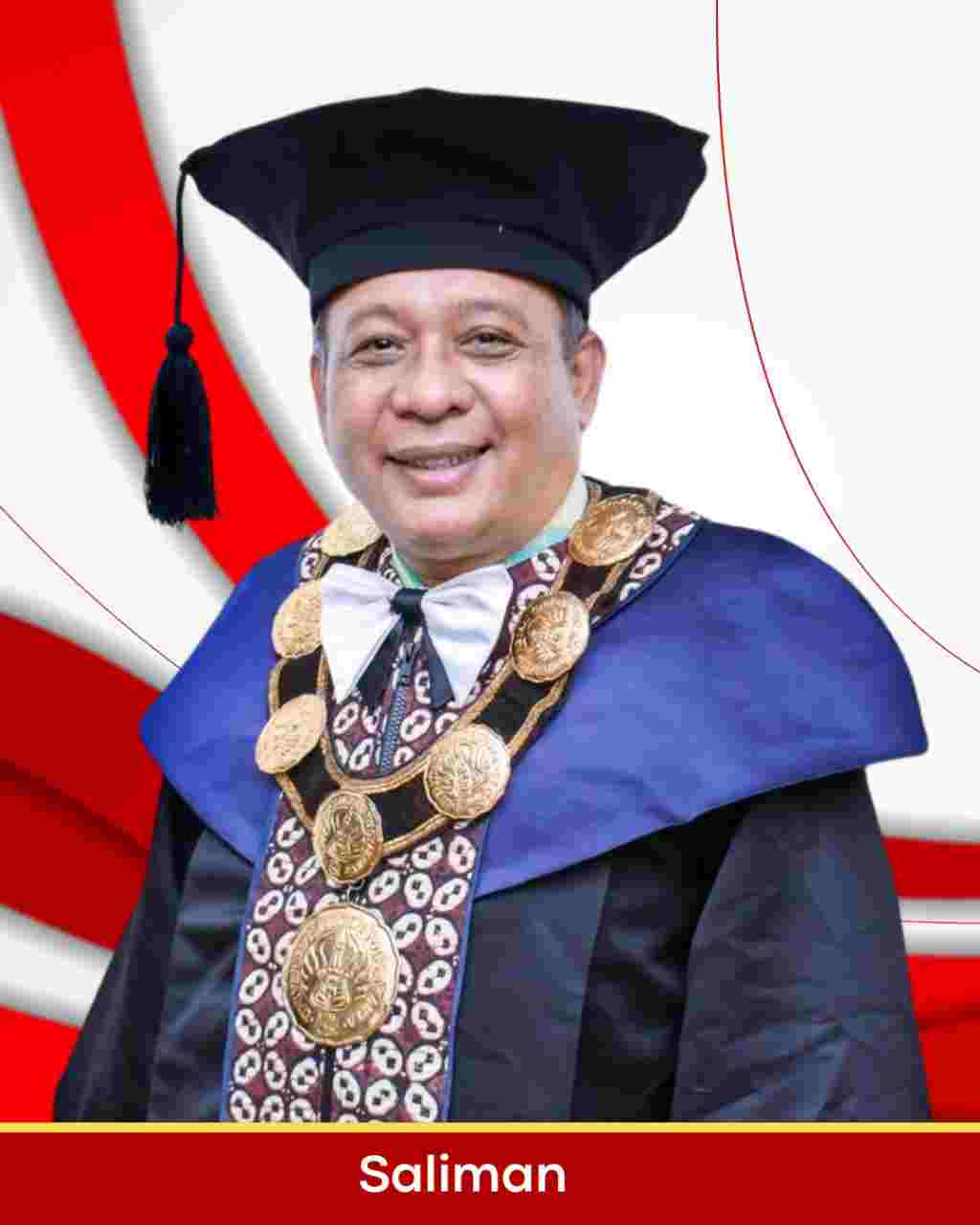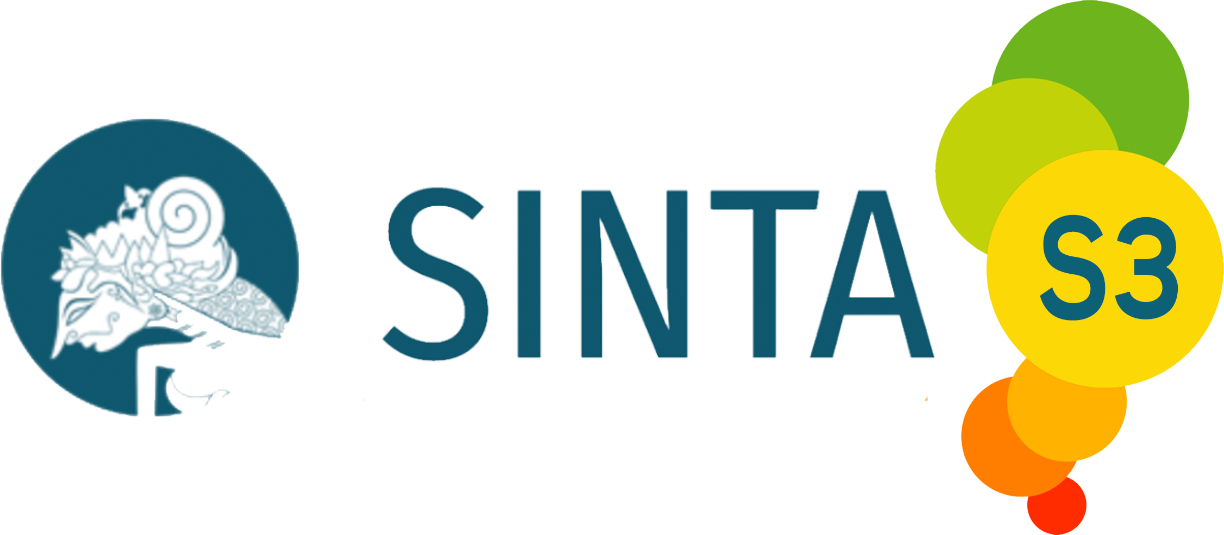Democratic process in Pakistan: causes of failure and development
DOI:
https://doi.org/10.21831/jipsindo.v12i2.89646Keywords:
“Pakistan development, “Controlled politics”,, “Democratic Failure”, Terrorism, “Pakistan Government”Abstract
Pakistan's strategic significance in the global arena, especially in the aftermath of the September 11 attacks, stands in stark contrast to the ongoing political turbulence that has characterised the nation for decades. The intricate political landscape is primarily influenced by entrenched military and bureaucratic forces, overshadowing the aspirations for genuine democratic governance. This dynamic has led to a climate of persistent unrest, where the struggle between democratic ideals and authoritarian practices manifests in numerous ways. Historically, Pakistan has experienced a tumultuous back-and-forth between democracy and authoritarianism, resulting in a fragmented political structure that coups and the frequent replacement of leadership have marred. These disruptions have led to a lack of cohesive political consensus, a disregard for constitutional principles, and ineffective electoral mechanisms—all of which have severely undermined the foundations of democracy in the country. The military's intervention in politics has been a recurring theme, with significant coups occurring in 1958, 1969, 1977, and 1999. Each of these episodes ushered in periods of military rule that, while sometimes resulting in short-term economic growth and a semblance of political unity, paradoxically bred deeper authoritarian tendencies and stifled democratic progress. As a result, the nation has struggled with fragmented political factions and escalating violence, which now pose significant threats to its stability. These issues reflect the deep-rooted challenges within Pakistan's political system, making it a complex and often unstable landscape.
References
Abou Zahab, M., & Roy, O. (2004). Islamist Networks: The Afghan-Pakistan Connection. Hurst & Company.Baxter, C. (1987). Government And Politics In South Asia. Avalon Publishing.
Ahmed, I. (2020). “The 18th Amendment: Historical Developments and Debates in Pakistan.” ISAS Insights. https://www.isas.nus.edu.sg/papers/the-18th-amendment-historical-developments-and-debates-in-pakistan/.
Cohen, F. S. (2006). The idea of Pakistan. Brookings Institution Press.
Et., O. (2025). “Republic of Balochistan Announced’ Trends on Social Media as Baloch Leaders Declare Independence From Pak.”. The Economic Times.
Fair, C. C. (2014). Fighting to the End: The Pakistan Army’s Way of War. Oxford University Press.
Jalal, A. (1985). Inheriting the Raj: Jinnah and the Governor-Generalship Issue. Modern Asian Studies, 19(1), 29–53. https://doi.org/10.1017/S0026749X00014542
Jalal, A. (2014). The Struggle for Pakistan: A Muslim Homeland and Global Politics. Harvard University Press.
Kukreja, V., & Singh, M. P. (2005). Pakistan: Democracy, Development and Security Issues. SAGE Publications. https://books.google.co.id/books?id=K7DWxjSDlk4C
Malik, I. H. (2002). Pakistan in 2001: The Afghanistan crisis and the rediscovery of the frontline state. Asian Survey, 42(1), 204–212. https://doi.org/10.1525/as.2002.42.1.204
Nasr, V. R. (2001). Islamic Leviathan: Islam and the Making of State Power. Oxford University Press.
Rizvi, H. A. (2009). Military, State and Society in Pakistan. Palgrave Macmillan.Siddhiqa, A. (2007). Military Inc. In Oxford University Press (Vol. 14, Issue 1). https://doi.org/10.1080/19934270.2008.9756528
Waseem, M. (2002). Causes of Democratic Downslide. Economic and Political Weekly, 37, 4532–4538. https://doi.org/10.2307/4412810
Widmalm, S. (2002). Kashmir in Comparative Perspective: Democracy and Violent Separatism in India. Routledge/Curzon.
Downloads
Published
How to Cite
Issue
Section
Citation Check
License
Copyright (c) 2025 Sarita Nandmehar

This work is licensed under a Creative Commons Attribution-ShareAlike 4.0 International License.
Authors who publish with this journal agree to the following terms:
- Authors retain copyright and grant the journal right of first publication with the work simultaneously licensed under a Creative Commons Attribution License that allows others to share the work with an acknowledgement of the work's authorship and initial publication in this journal.
- Authors are able to enter into separate, additional contractual arrangements for the non-exclusive distribution of the journal's published version of the work (e.g., post it to an institutional repository or publish it in a book), with an acknowledgement of its initial publication in this journal.
- Authors are permitted and encouraged to post their work online (e.g., in institutional repositories or on their website) prior to and during the submission process, as it can lead to productive exchanges, as well as earlier and greater citation of published work (See The Effect of Open Access).

JIPSINDO (Jurnal Pendidikan Ilmu Pengetahuan Sosial Indonesia) is licensed under a Creative Commons Attribution-ShareAlike 4.0 International License.
Based on a work at https://journal.uny.ac.id/index.php/jipsindo.















